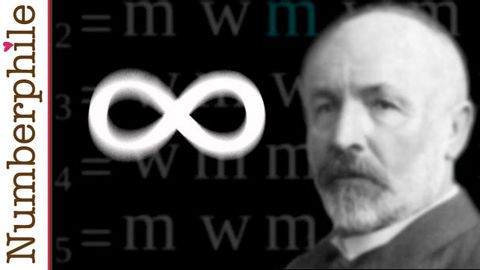無限大はあなたが思っているよりも大きい - Numberphile
VoiceTube が 2020 年 08 月 06 日 に投稿  この条件に一致する単語はありません
この条件に一致する単語はありませんUS /ˈrek.əɡ.naɪz/
・
UK /ˈrek.əɡ.naɪz/
- v.t.(~が本当であると)認める : 受け入れる;(重要性を)認める;法的権威を尊重する;公にその人の貢献を称賛する;認識する、認知する
- v.i.~歳になる;(変って)~になる : 変化する
- v.t./i.曲がる;向きを変える
- n.(道路の)曲がり角;(順番に回ってくる)担当 : 当番;順番;(予期せぬ突然の)変化
- v.t.(ものを)ろくろ(旋盤)にかけて作る
- v.t.(人をある状態に)置く;(ものをある位置に)置く;順位をつける;注文する;思い出す
- n. (c./u.)場所;位置;立場;町
- v.t.着替える;両替する;取り替える;変える : 変わる;乗り換える
- n. (c./u.)着替えの服一式;小銭;おつり;変化 : 変更
エネルギーを使用
すべての単語を解除
発音・解説・フィルター機能を解除
